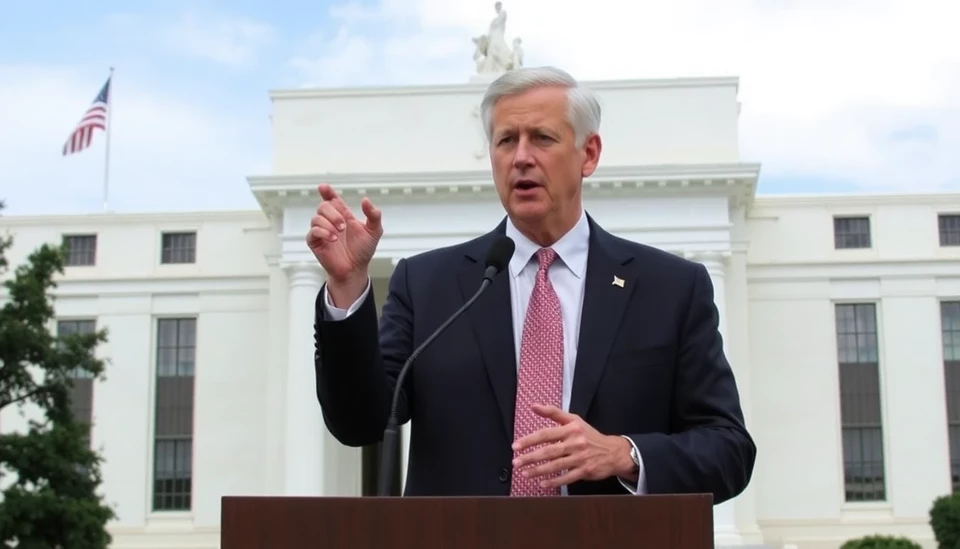
As households across the United States grapple with soaring inflation, the stark reality of food insecurity is casting a long shadow over many families' lives. With the cost of essential groceries surging, many Americans find themselves making tough decisions about what to purchase and how to stretch their budgets. This economic pressure has intensified the discussions among Federal Reserve officials regarding their monetary policy and the path forward for interest rates.
The U.S. experienced a series of inflationary pressures in recent years, which have been further exacerbated by various contributing factors, including supply chain disruptions and shifts in consumer demand. A significant uptick in prices across numerous sectors, particularly in food and energy, has left many families scrambling to make ends meet. Reports indicate that nearly one in eight households is struggling to secure enough food to feed their family, with many resorting to food banks and community resources for assistance.
As inflation remains persistently high, the Fed is increasingly faced with the dilemma of mitigating inflationary pressures while also considering the economic fallout such measures may have on everyday Americans. Recent debates among Fed officials reflect a divide in opinions on whether to continue raising interest rates or to pivot toward a more cautious approach. Some policymakers advocate for further rate hikes to curb inflation effectively, while others warn that aggressive measures could hinder economic recovery and exacerbate hardships for vulnerable populations.
The ramifications of this economic policy discourse extend beyond the walls of financial institutions and into kitchens across the country. Families are reporting significant changes in their purchasing habits; many are opting for lower-cost alternatives or eliminating certain items from their shopping lists altogether. Basic staples, such as bread, milk, and vegetables, have seen price increases that make them less accessible to low and middle-income households.
As the Fed's policy decisions unfold, the impact on both inflation and affordability continues to be watched with concern. Advocacy groups are calling for immediate intervention to assist families struggling with the escalating costs of living, urging policymakers to address the humanitarian crisis prompted by inflation. The situation is increasingly pressing, with families caught in a cycle of rising expenses and stagnant wages.
The interplay between inflation rates and household welfare highlights the urgency for constructive solutions that can stabilize prices without jeopardizing job security or widening the wealth gap. As policymakers weigh their options, the spotlight remains on ensuring that all Americans can access sufficient food and thrive in a stabilizing economy.
In the days ahead, it will be vital for both the government and financial institutions to navigate these challenging waters carefully. The choices made at the Federal Reserve could profoundly shape the economic landscape for families nationwide, making it imperative for leaders to prioritize mechanisms that support both economic health and social welfare.
As we carry forward in this unpredictable economic climate, the conversations surrounding inflation, food security, and monetary policy will undoubtedly remain indispensable elements of our public discourse.
#Inflation #FoodSecurity #FederalReserve #EconomicPolicy #CostOfLiving #USEconomy #MonetaryPolicy
Author: Daniel Foster




